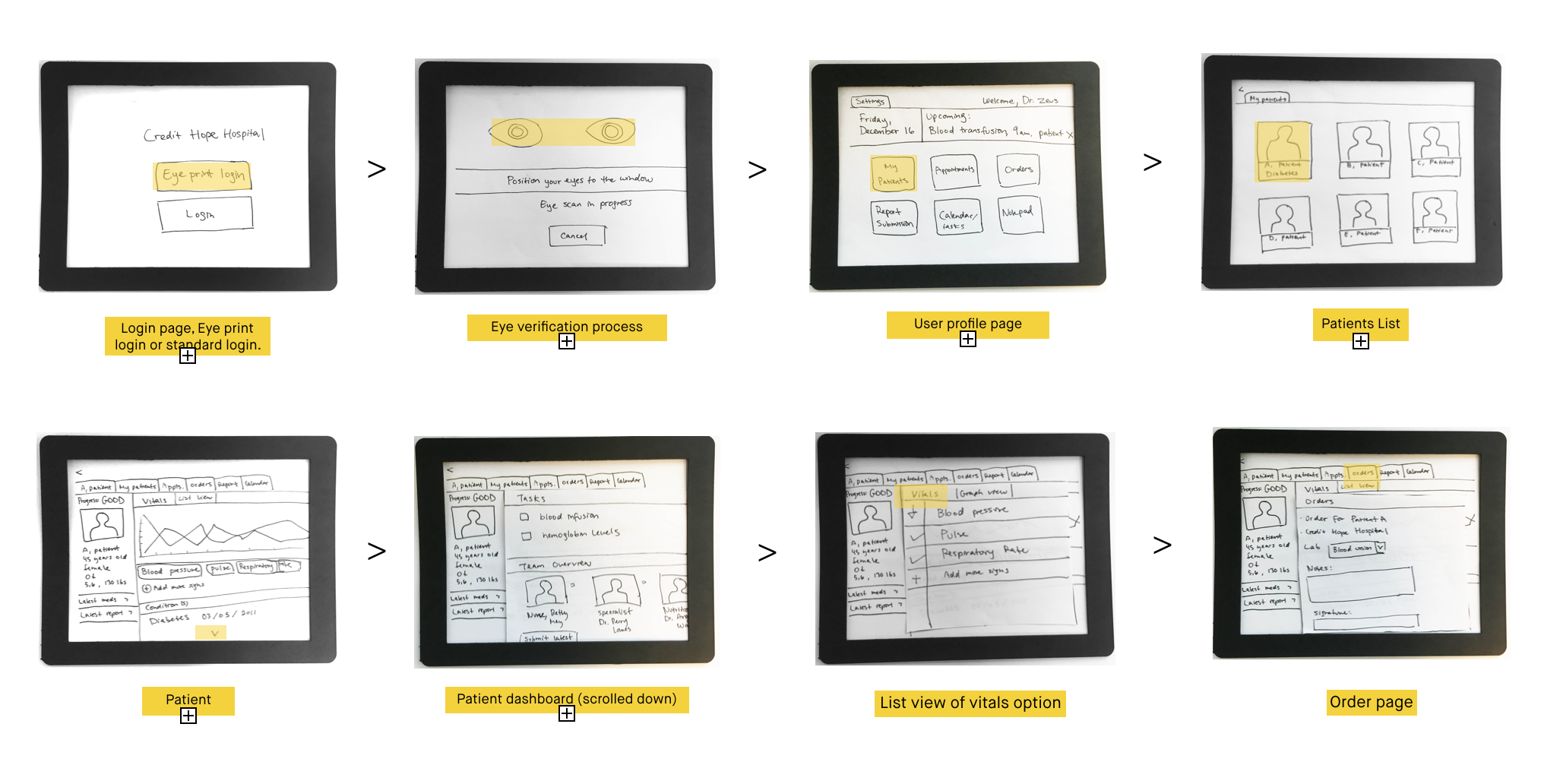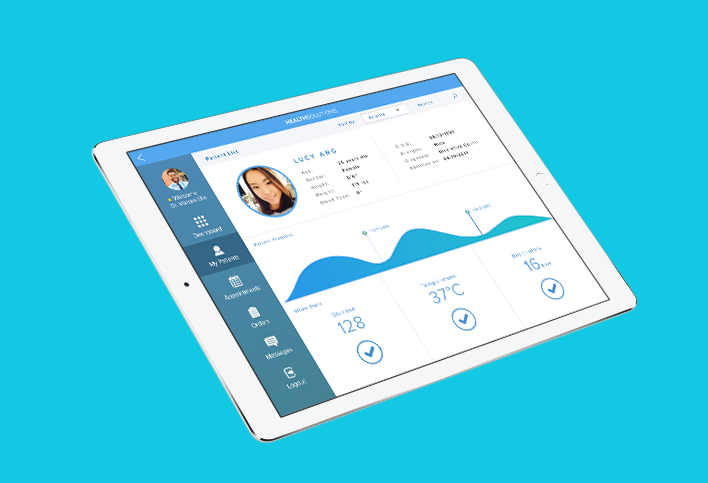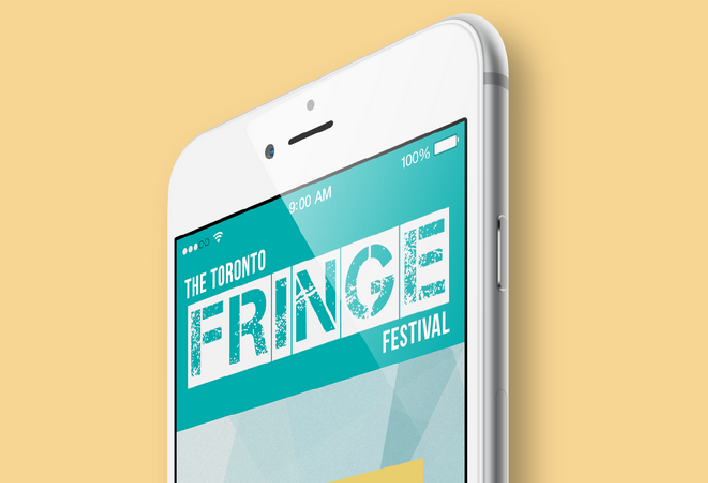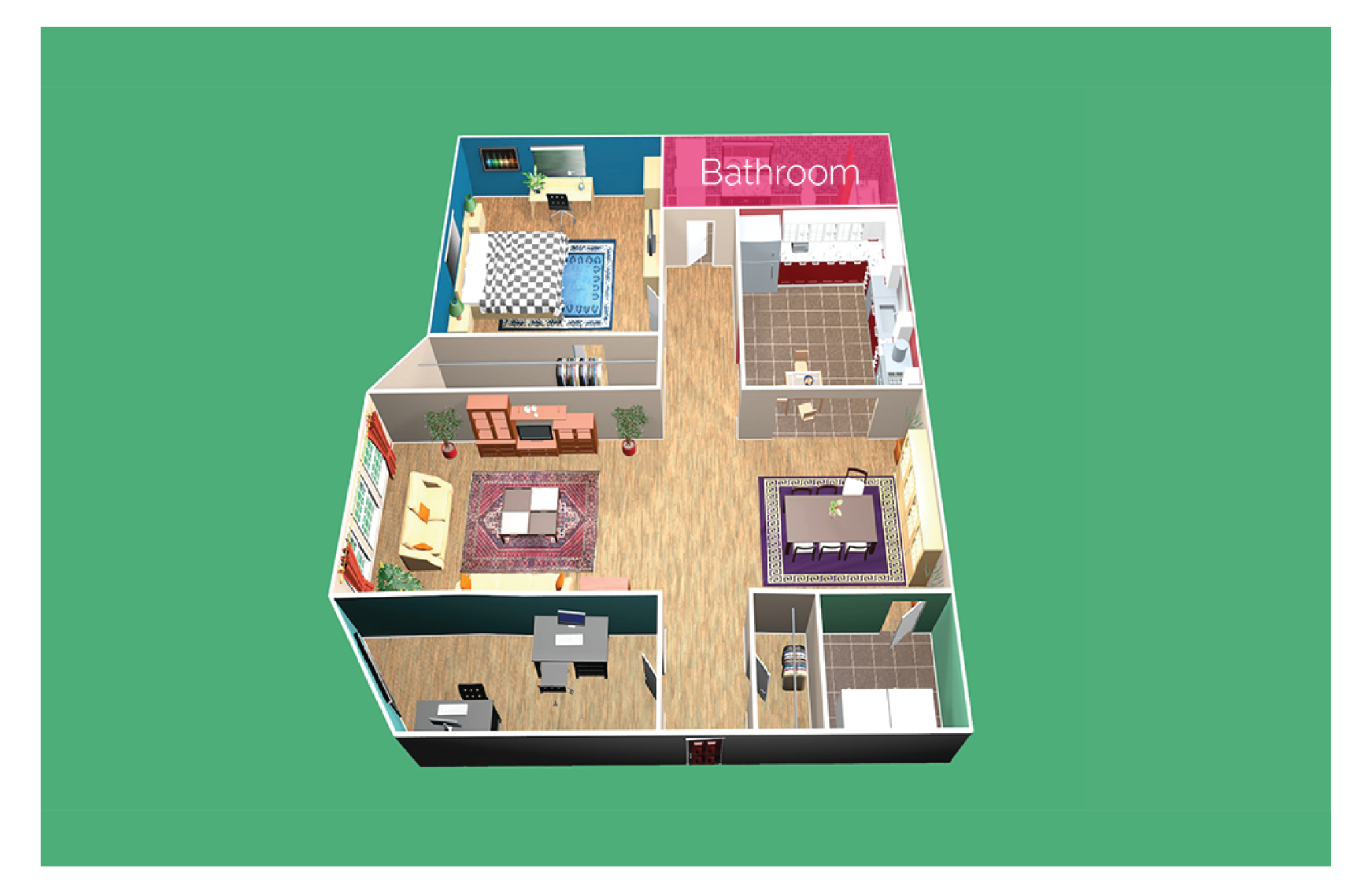REDESIGNING THE EMR EXPERIENCE
UX RESEARCH - UX DESIGN - PROTOTYPING
THE CHALLENGE
Electronic Medical Records (EMRs) have a user experience problem. Their steep learning curves undermine the skills of physicians and nurses by causing a loss of productivity in an industry where time is of the essence.
According to a 2014 report from AmericanEHR and the American Medical Association (AMA), physicians are dissatisfied with the ease of use of EHR/EMR systems:
- 42% thought their EHR system’s ability to improve efficiency was difficult or very difficult.
- 72% thought their EHR system’s ability to decrease workload was difficult or very difficult.
- 43% said they had yet to overcome the productivity challenges related to their EHR system.
A news report in 2015 revealed how bad UX can cost lives. A young girl undergoing cancer treatment required a critical dose of I.V hydration treatment. The experienced nurses overseeing the girl missed this key information because they were having trouble understanding the software they were using. Due to this critical error, the young girl died of toxicity.
USER RESEARCH
I conducted a series of interviews with medical professionals to get insight on the usability issues they encounter using EMRs. Based on my findings, I gathered a list of the most desired improvements:
- Nurses would like to see a graph that visually indicates a patient’s progress
- Less steps to complete a task (some EMR systems can take up to 7 steps to log-in vital signs)
- One universal standard EMR operating system
This discovery helped form my challenge statement:
How might streamlining the authentication process and simplifying patient data, improve the usability of Electronic Medical Records (EMRs)?
HUMANIZING DATA
Presenting physicians and nurses with a streamlined visual snapshot of medical records will improve readability of content. EMRs lack usability because they have too many complex steps and tasks. The complexity of the interface needs to be simplified into a lightweight user experience. Reducing the need to login and out evertime they use the system will speed up productivity. The use of data visualization would help physicians and nurses better assess the needs of a patient.
PAPER PROTOTYPE


FUNCTIONALITY
The system would provide users with an option to login using a QR coded bracelet for access on mobile EMRs (in my intial paper prototype, a biometric login option using Eye Print technology was also considered). When access is granted the system would pull up their unique accounts, tailored to their roles and needs. The goal is to streamline the authentication process to not only speed up workflow but to improve the overall usability of Electronic Medical Records.
USER INTERFACE
After logging in, doctors and nurses will be presented with a visual snapshot of their patients medical records, allowing them to get a quick assessment of their patient’s progress. The interface will be clean, uncluttered and customizable, designed for maximum efficiency. The tools displayed will be relevant to their needs. For example, a nurse’s dashboard might have a charting feature be on the top of page, whereas a doctor’s dashboard might focus more on test results.
CONCEPTUAL VIDEO
The following video is a representation of the final EMR prototype in use.





